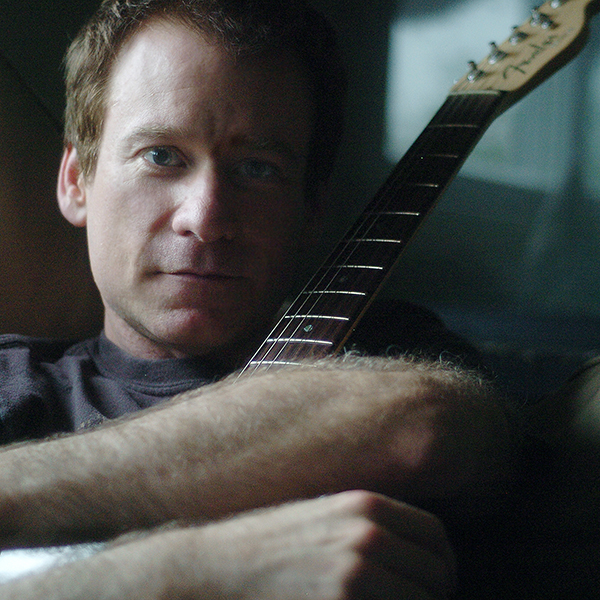by Clay Mills
Mar 24, 2024

Over the course of my career, I’ve had a diverse collection of artists sing my songs, from R&B artist Babyface to rocker Darius Rucker to country’s Reba McEntire. I believe the reason for this lies in my ninja power for writing an explosive hit chorus— songs that leap out of the speaker when they hit that signature spot in the song. Here are three steps to making that happen in the writing room. In the end, maybe you won’t need to be a ninja to add this to your toolbox.
It’s All About the Set-up
I often hear songs with a lot of promise when critiquing SongTown students in my Melody Masterclass. For example, a song might be groovin’ along, but when it arrives at the chorus, it has little impact on the listener. What’s worse? When it’s hard to tell the chorus has even begun! In breaking apart the chorus from the verse, often the chorus is great, but the verse preceding it is stealing all the thunder. As it turns out, the problem with a lacking chorus is not a problem with the chorus at all. Your big explosive chorus should be the star of the song, not the verse.
Step #1 – Start with note range
The verse should stay away from the chorus “money note.” Often, the chorus money note is the high note. Although, it doesn’t have to be—it can be a really low note. However, ninety-five percent of the time, it’s the high note or repeated high note in the chorus. The money note packs mucho emotion. So, wait to hit it in the chorus where it can pack the biggest emotional punch.
Start by writing a verse that has a 3-4 note range in the melody. That’s it. The book Mastering Melody Writing gives a lot of great advice on how to do this and still create an interesting verse that holds the listener’s attention. Become an expert at making these few notes sound creative. History reveals thousands of classic and contemporary songs that do this. In fact, many writers, from The Beatles’ John Lennon to Taylor Swift, are masters at writing songs this way. Check out the opening melody of “Come Together” or “I Am The Walrus” by The Beatles. Listen to “Dirt” by FGL or any number of hits by Taylor Swift.
Verses are about setting the mood of the song and setting up your big explosive hit chorus.
Think of the verse as the opening act at a concert. We don’t want the opener to steal the night from the headliner. The best verses are creative with rhythm patterns and attitude that hold the listener’s attention without using a wide note range.
Step #2 – Create rhythmic contrast
Lack of rhythmic contrast is the next common issue holding you back in writing a big explosive chorus. Let’s say the verse is highly rhythmic with a lot of 16th notes. So, it cruises along establishing a great mood. Then, the chorus hits, and here comes more of the same 16th notes. What have we got? Zero contrast! Even if the note ranges are different, the listener is bored stiff. At this point, there are two choices: either change the chorus to incorporate some long-held notes or write a pre-chorus melody between the two existing sections with long-held notes. The key is the section preceding the chorus should not feel like the chorus.
Step #3 – Make a good entrance

Finally, Melody Ninja, ask this question. Where does the vocal melody begin for each line of the verse and chorus? If the verse starts each melody line on beat one of the bar, a song can die a quick death by repeating this entrance in the chorus. Instead, start the chorus with a nice melody wind-up that comes in a little before the downbeat to offer true contrast between sections. Additionally, sliding in after the down beat of the chorus can be equally effective. The goal is to avoid sameness throughout. This way, the chorus has a chance to shine and hit the listener hard.
In three steps, you have my go-to checklist for writing explosive choruses.
It’s simple. It’s short. And, it doesn’t require advanced (ninja) skills. If you practice this pro perspective in the writing room, whether composing a new tune or re-writing an old one, you will write songs that artists want to sing.
Write on!
~CM
share
Write Better Songs Faster
Songwriting Success is Clay & Marty's 10-day video series that will help you level-up your songs and finish them faster. Enter your email address to get started!



